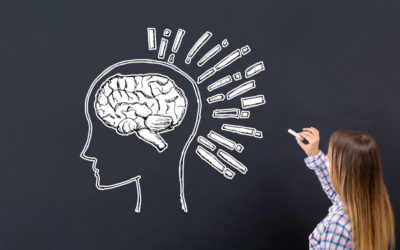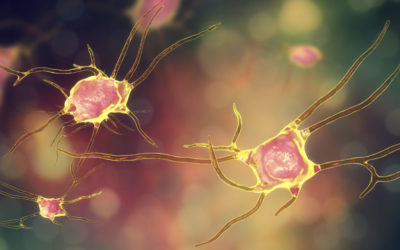Quick Hits
Daily brief research updates from the cognitive sciences

Social mingling of mice can be controlled by zapping certain brain regions
There has been plenty of research into brain areas that contribute to our social brain but these researchers around Stephen Mague at Duke University went a step, or two, further and managed to identify a network that controls social mingling in mice. What’s more they could then manipulate the network to make the mice more, or less, gregarious.
First off, the researchers identified eight regions that are known to be involved in social aspects of behaviour. They then made recordings from these areas in social scenarios. The multiple readings from these areas (which are immense amounts of data in themselves) were then fed into an AI tool that then tried to identify patterns in this complex set of data.
The AI tool, after going through its learning, could then accurately predict which mice would be more social or not from their activation patterns in this network. This shows that the social brain is a network rather than a region.
However, the more fascinating part of this study is that the researchers were than able to manipulate how social these mice were by activating different areas of the network through a technique called optogenetics, zapping and activating parts of this network with laser light and thereby making the mice more, or less, gregarious.
This highlights that the brain operates in networks rather than specific modules or regions and this also opens the path to more refined work in the future focusing on networks and using AI to identify neural patterns.

Andy Habermacher
Andy is author of leading brains Review, Neuroleadership, and multiple other books. He has been intensively involved in writing and research into neuroleadership and is considered one of Europe’s leading experts. He is also a well-known public speaker speaking on the brain and human behaviour.
Andy is also a masters athlete (middle distance running) and competes regularly at international competitions (and holds a few national records in his age category).
Reference
Stephen D. Mague, Austin Talbot, Cameron Blount, Kathryn K. Walder-Christensen, Lara J. Duffney, Elise Adamson, Alexandra L. Bey, Nkemdilim Ndubuizu, Gwenaëlle E. Thomas, Dalton N. Hughes, Yael Grossman, Rainbo Hultman, Saurabh Sinha, Alexandra M. Fink, Neil M. Gallagher, Rachel L. Fisher, Yong-Hui Jiang, David E. Carlson, Kafui Dzirasa.
Brain-wide electrical dynamics encode individual appetitive social behavior.
Neuron, 2022; DOI: 10.1016/j.neuron.2022.02.016
More Quick Hits
Think Like a Kid to Learn Better?
Think like a kid may sound like a good piece of advice – but with some interesting twists…
Those Who Distrust Humans, Trust AI
We probably all know someone who is extremely distrustful of fellow human beings…
Watching TV With Your Child Can Help Cognitive Development
This is another study to show that there is no quick and easy answer to the question of screen time and children…
How Fear Gets Stuck in (Some) Brains
Fear is an important human emotion and essential to survival so not to be underestimated…
Your Brain Switches Between Remembering and Learning
Learning and memory are key functions of the brain and ones that attract a lot of attention and research…
How Daily Rhythms Help Your Brain Grow After Injury
Always nice to know that you brain can grow – and it is still met with surprise when I explain how this can happen…






